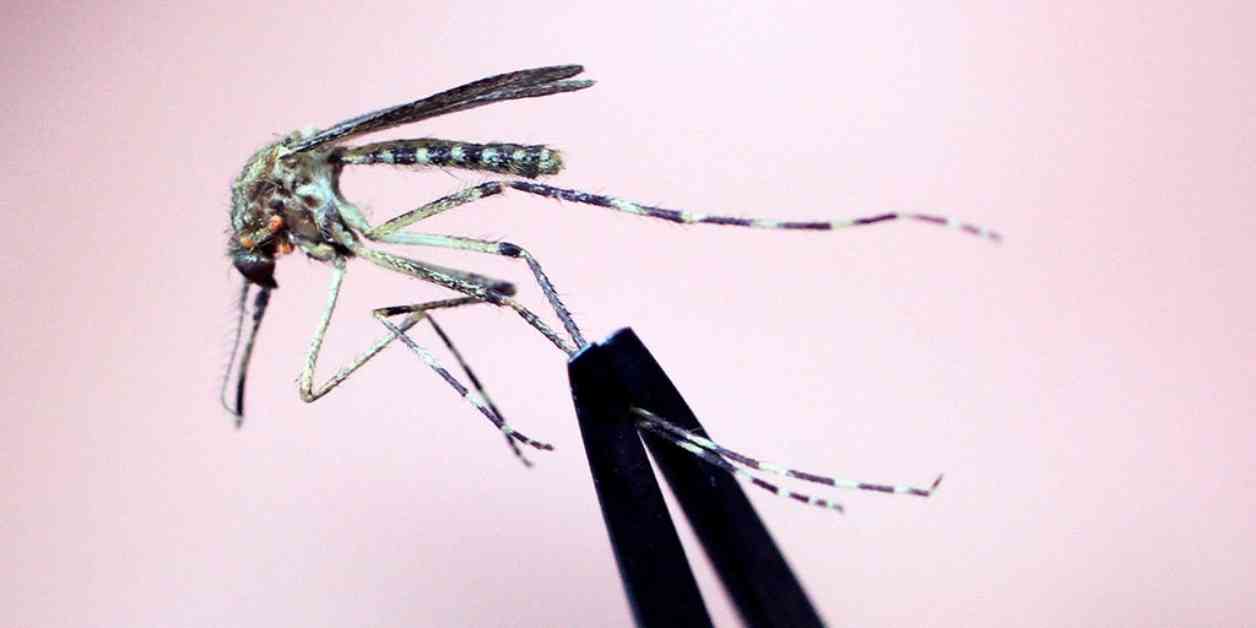New Hampshire Resident Dies from Rare EEEV Virus
A tragic incident has struck New Hampshire as health officials confirmed the death of a resident from Hampstead due to the mosquito-borne eastern equine encephalitis virus (EEEV). The individual, who tested positive for EEEV infection, was hospitalized for severe central nervous system disease and unfortunately succumbed to the illness. The New Hampshire Department of Health and Human Services (DHHS), Division of Public Health Services (DPHS), expressed their condolences to the family and friends of the deceased.
EEEV is a rare but serious disease that is transmitted to humans through infected mosquitoes. The last reported human case of EEEV in New Hampshire was in 2014, which resulted in three infections and two fatalities. This year, in addition to the recent fatality, EEEV has been detected in one horse and seven mosquito batches in New Hampshire. Dr. Benjamin Chan, the State Epidemiologist, emphasized the importance of taking precautions against mosquito bites, especially in areas where the virus has been identified.
Symptoms of EEEV include fever, chills, muscle aches, joint pain, and in severe cases, neurological complications such as encephalitis and meningitis. The department reported that approximately one-third of individuals who develop encephalitis from EEEV do not survive, and those who do may experience long-term physical or mental consequences. Sadly, there is currently no vaccine or antiviral treatment available for EEEV.
Neighboring states like Massachusetts and Vermont have also reported cases of EEEV this year. Massachusetts has seen one human case, one infected horse, and 69 positive mosquito samples, while Vermont has confirmed one human case and 47 positive mosquito samples. The U.S. Centers for Disease Control and Prevention estimates that there are around 11 human cases of eastern equine encephalitis in the country annually.
Preventing EEEV Infection
New Hampshire health officials have issued warnings to residents to take preventive measures against EEEV infection. These precautions include using effective mosquito repellents, wearing long sleeves and pants when outdoors, and avoiding outdoor activities during peak mosquito activity times. It is also crucial to eliminate standing water around homes to reduce mosquito breeding grounds and ensure that doors and windows have intact screens to prevent entry.
In response to the increased risk of EEEV, Massachusetts has initiated aerial spraying for mosquitoes in specific areas to curb the spread of the virus. Additionally, truck-mounted spraying has been conducted in parts of Worcester County to reduce mosquito populations. Ten communities in Massachusetts have been identified as high or critical risk for EEEV, prompting authorities to implement aggressive mosquito control measures.
The town of Plymouth in Massachusetts has taken proactive steps to protect its residents by closing all parks and fields from dusk until dawn. The Massachusetts Department of Public Health (DPH) and the Massachusetts Department of Agricultural Resources (MDAR) are advocating for community participation in mosquito prevention efforts to safeguard public health.
Preventing EEEV Infection
Effective prevention strategies against EEEV include:
– Using mosquito repellents with DEET or picaridin
– Wearing protective clothing such as long sleeves and pants
– Avoiding outdoor activities during dawn and dusk
– Eliminating standing water around homes
– Ensuring windows and doors have intact screens
Massachusetts’ Response to EEEV Outbreak
Massachusetts has ramped up efforts to combat EEEV by:
– Conducting aerial spraying for mosquitoes in high-risk areas
– Implementing truck-mounted spraying in mosquito-infested regions
– Identifying and notifying communities at elevated risk levels
– Urging residents to participate in mosquito control measures
Community Engagement in EEEV Prevention
Residents can contribute to EEEV prevention by:
– Reporting stagnant water sources to local authorities
– Participating in community-wide mosquito control efforts
– Educating neighbors and friends about mosquito bite prevention
– Supporting public health initiatives to reduce mosquito populations
Conclusion
The recent death of a New Hampshire resident from EEEV serves as a stark reminder of the dangers posed by mosquito-borne diseases. By taking proactive steps to prevent mosquito bites and reduce breeding grounds, individuals can protect themselves and their communities from EEEV infection. Collaboration between health officials, local authorities, and residents is essential in combating the spread of EEEV and safeguarding public health. Let us unite in our efforts to mitigate the risks of mosquito-borne illnesses and create safer environments for all.

















